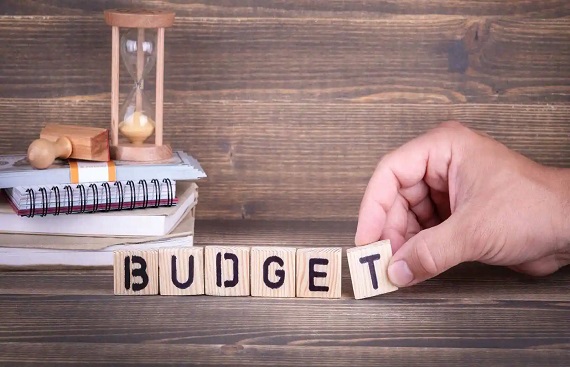Budget 2023: Govt should be worried about raising its tax to GDP ratio, says Rathin Roy

The government should be concerned about why India's tax-to-GDP ratio cannot be raised higher, according to Rathin Roy, a former member of the Economic Advisory Council to the Prime Minister, despite a significant rise in tax receipts this fiscal.
“The government should focus on why it cannot collect more taxes than it does,” Roy, who is the Managing Director of the global think-tank ODI, told Moneycontrol in an interview. “I think the government needs to worry about why the tax-to-GDP ratio cannot be further increased.” As part of the upcoming Budget, the economist would like to know the government’s aspirational tax-to-GDP ratio for 2025.
Finance Minister Nirmala Sitharaman will present the Budget on February 1, which will be the last full one of the government before the general elections next year.India’s tax–to-GDP ratio stood at 11.7 percent in the last financial year and is likely to have risen this fiscal on bountiful tax collections.
This compares with a ratio of 8.1 percent for China, 8.3 percent for Indonesia, 13 percent for Brazil, 15 percent for South Korea, 23 percent for South Africa, 25 percent for the UK, and 10 percent for the US, according to the latest data available with the World Bank.
While direct tax collections have hit 87 percent of the full-year aim, monthly goods and services tax collections have averaged Rs 1.49 lakh crore, up 21 percent from the last fiscal. Roy contended that the higher tax collections are largely due to the impact of high inflation, or the rise in prices of goods and services.
To-do list to boost medium-term growth
India needs to tap the home-market demand to boost its medium-term growth back to above 8 percent, Roy said.
The gross domestic product is expected to rise 7 percent in this fiscal but several economists expect the pace to slow in the next as monetary policy tightening hurts and as global growth eases. The finance ministry’s chief economic advisor sees India’s medium-term growth in the 6.5-7 percent bracket.
“Exports are not firing, private investment is not firing and your great consumption engine of the middle class has its limits in the end,” Roy said.
“No country that has transformed from being a low-income country to an upper middle-income country has done so without growth rates of 8 plus percent… Yeh Dil Maange More!” he added.
India’s exports have entered a slow lane recently as demand has eased globally while private investment is yet to pick up despite the Capex push by the government in recent years. India's merchandise exports declined 12.2 percent to $34.48 billion in December. This followed a 0.6 percent rise in exports in November and a 12 percent contraction in October.
To boost the medium-term growth potential, the structural issues that need fixing are in the five things that every Indian need – food, housing, textiles, health and education, Roy said.
“All these five things are employment-rich. If these five things were 60 percent of my GDP and growing at 10-11 percent year-to-year, exports gave me another 15-20 percent of GDP, and the remaining came from consumption, India would hit 9-10 (percent growth).”
“We are unable to tap our home-market demand and that is the structural problem that time and again is coming to bite us,” he rued.
Read More News :
Wikipedia receives its first desktop notification after ten years
